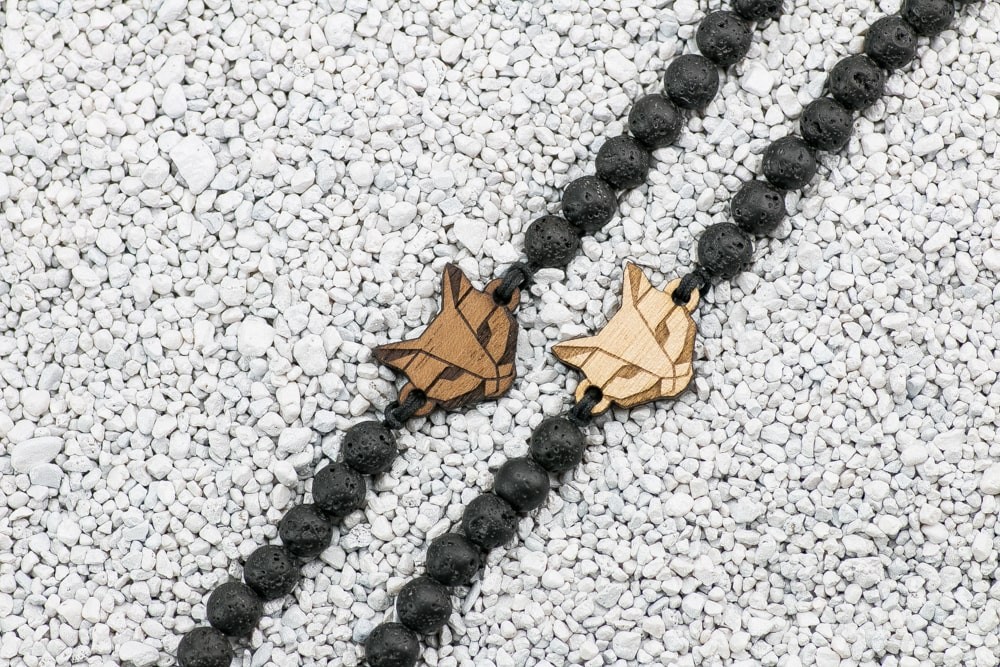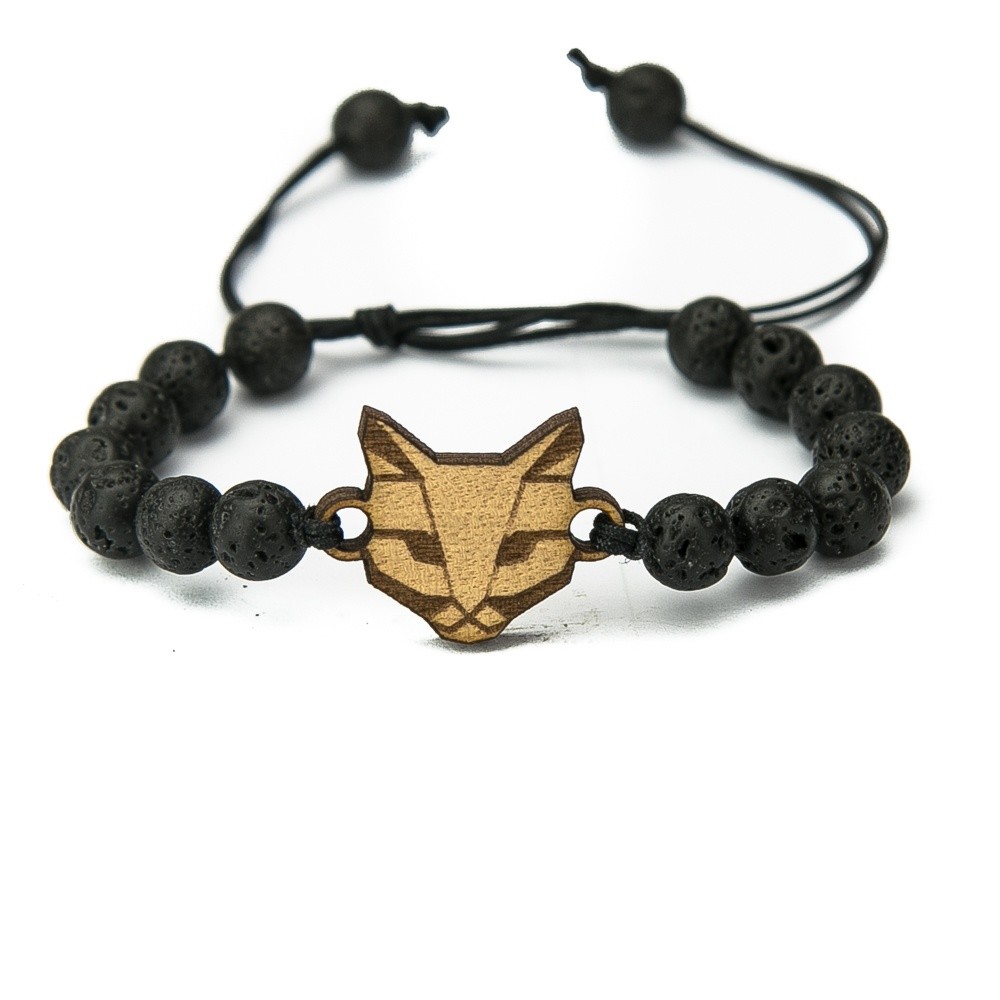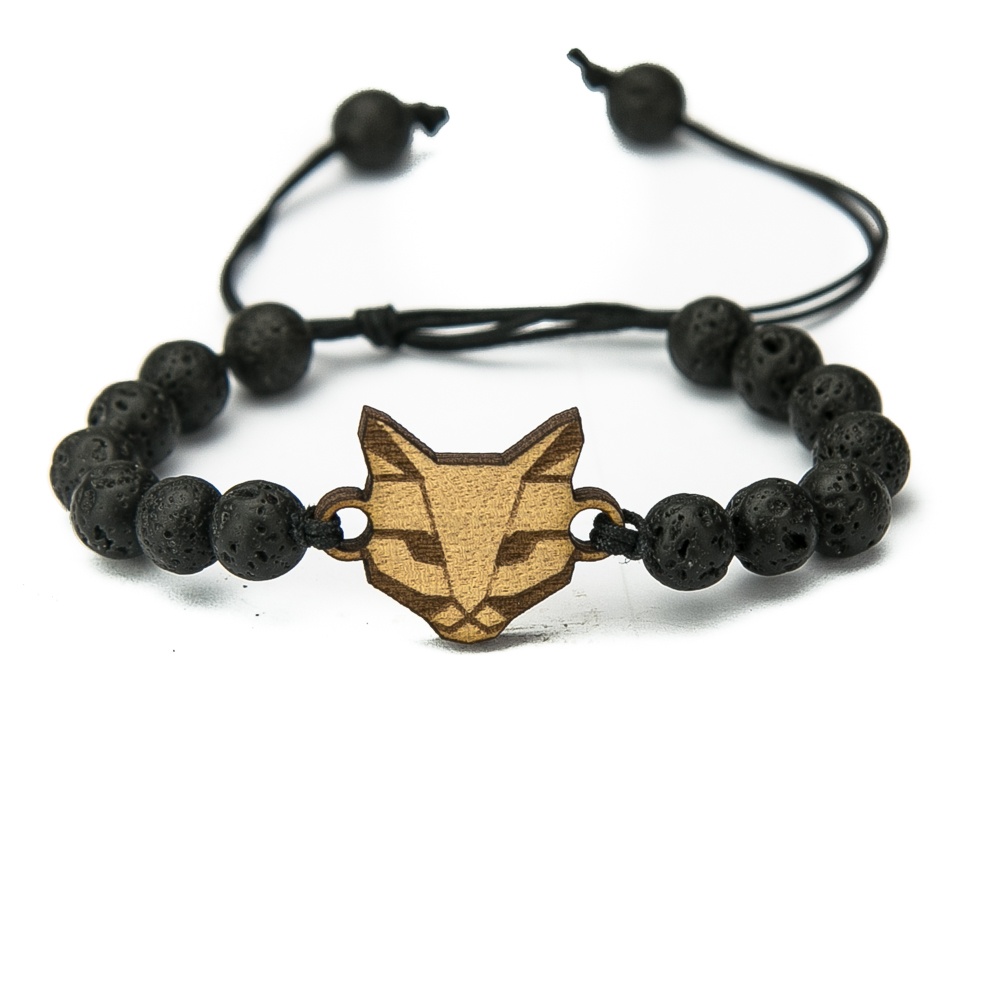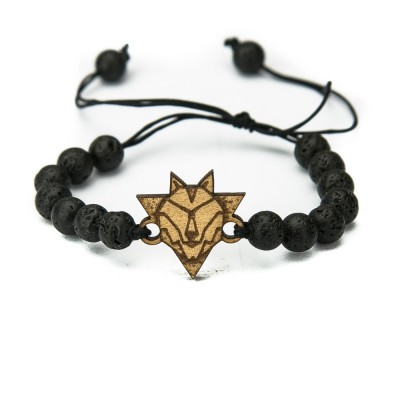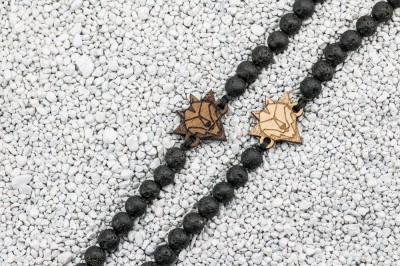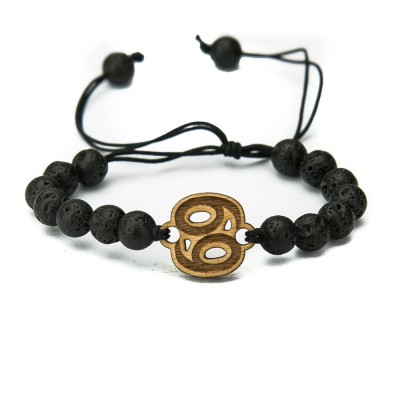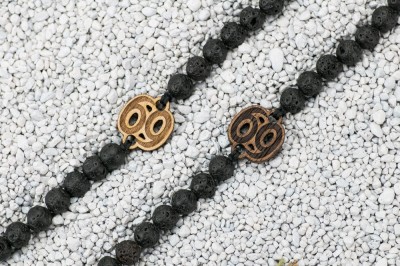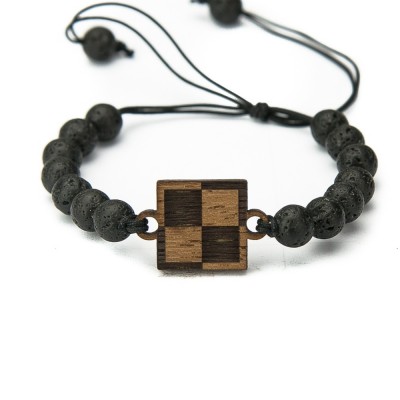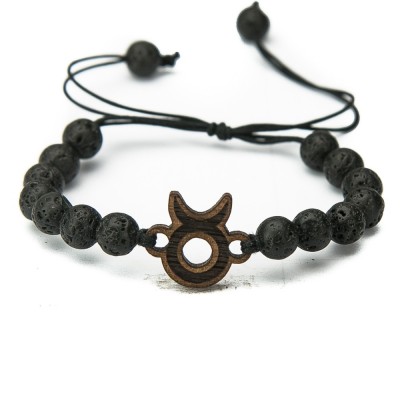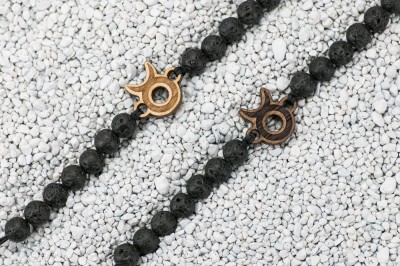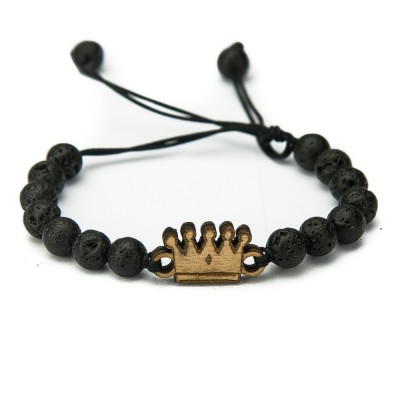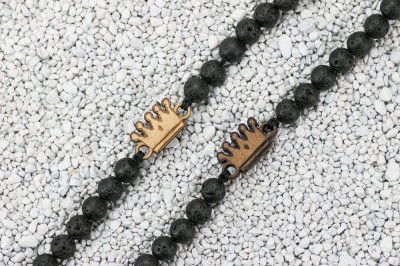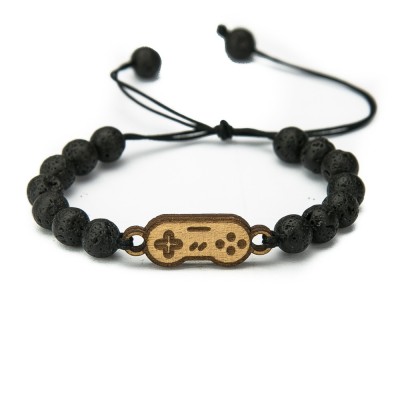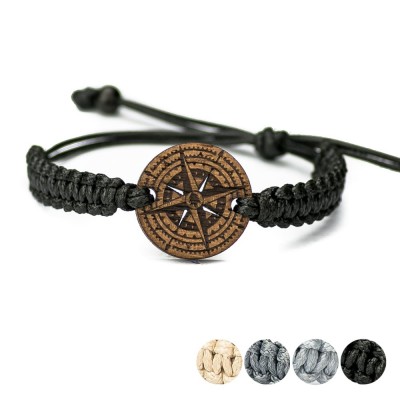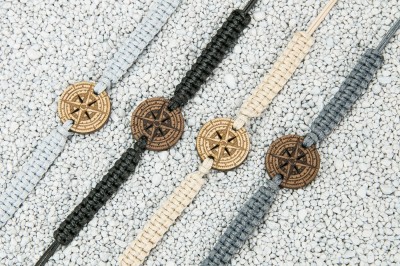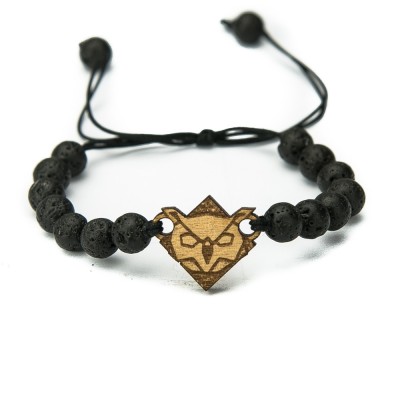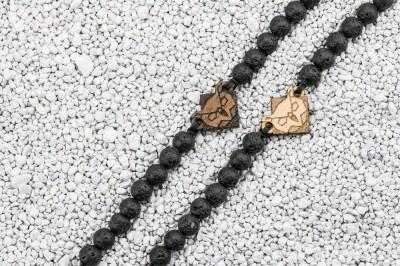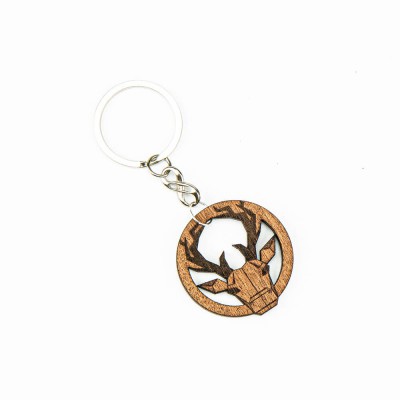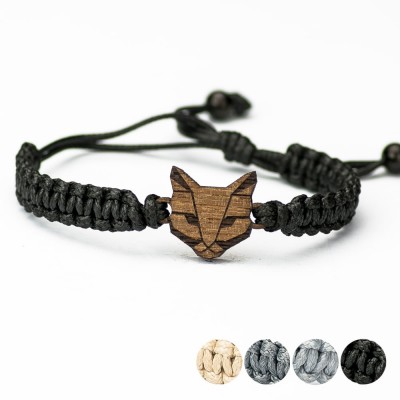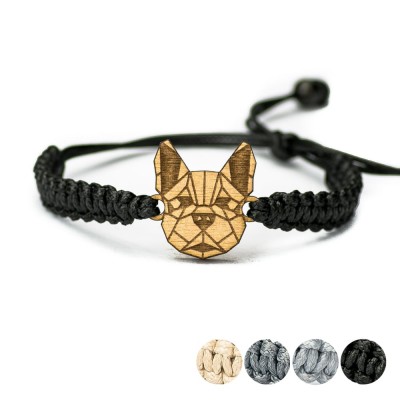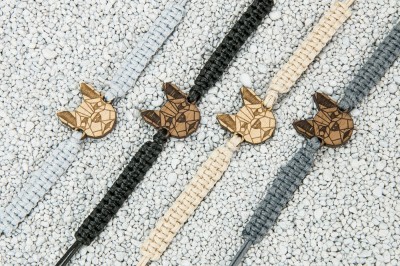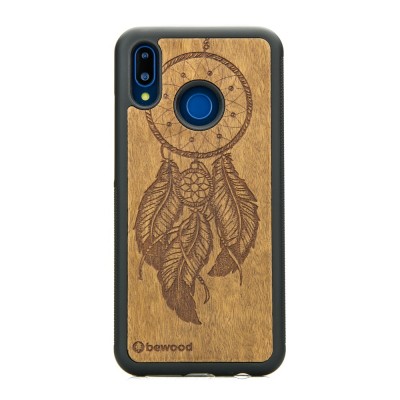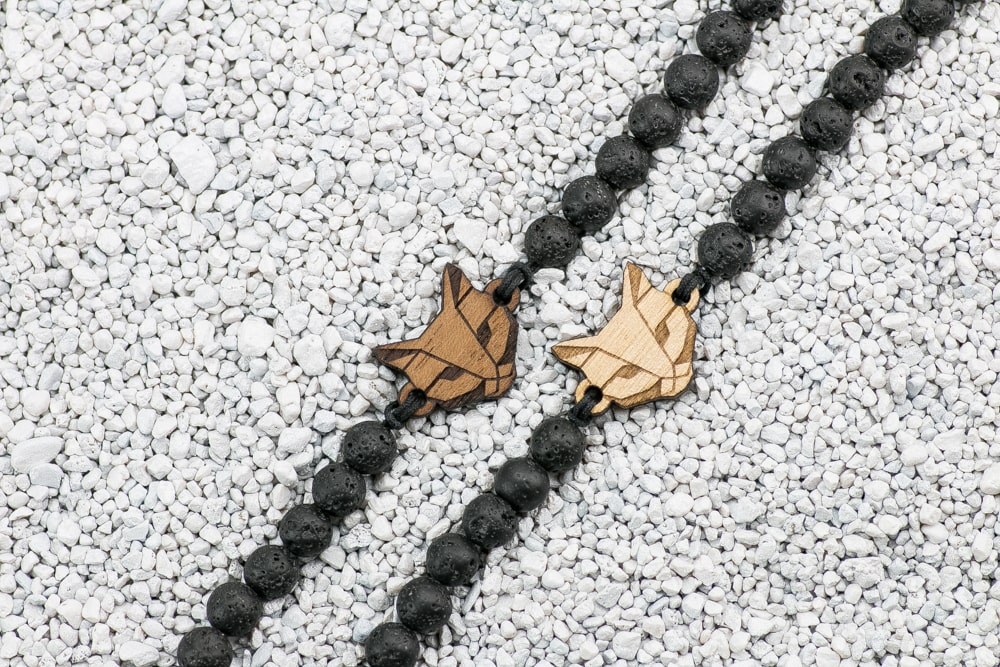
Anigre wood.
Anigre is an African hardwood commonly used for plywood, interior furniture, cabinetry, and high-end millwork applications. In addition to being afavorite for cabinet shops worldwide,it is excellent for high end jewelry boxes, musical instruments,tables andother fine articles. In board form it is used for boat building. Anigre is often found in tropical East and West Africa, primarily in Cameroon but also in Angola, Congo, Ethiopia, Ghana, Guinea Bissau, Ivory Coast, Kenya, Nigeria, Sierra Leone, Uganda and Zaire. Aniegre is considered a tropical hardwood with a clear, cylindrical bole to 80 feet (24 m). It can grow to heights of 180 feet (55 m) with typical trunk diameters ranging from 36 to 48 inches (910 to 1,220 mm). Anigre has a medium texture with closed pores similar to maple. Growth rings aren’t always well-defined, and the wood can be rather plain-looking; though certain figure is occasionally present, such as curly or mottled grain. The heartwood is a light yellowish-brown, sometimes with a pinkish hue. Color tends to darken with age. The quarter figured veneer has become a popular choice for furniture, cabinetry, and decorative architectural applications. It is said to have a faint odor similar to Cedar.
Volcanic rocks.
Volcanic rocks – are derivatives of magmatic rocks, which are created thanks to the volcanism phenomenon, in the course of which magma solidifies in the form of lava under or on Earth’s surface. The composition of each is different because solidifying lava releases water to the atmosphere therefore, minerals with such compounds will not be created inside it. Volcanic rocks may be created directly from lava (extrusive igneous rocks) or formed by volcanic explosion or aerial expulsion (pyroclastic rock). Even the most minute particles of pyroclastic rock may circulate in the atmosphere for many years and then fall on Earth, most frequently in a solid state. Pyroclastic rocks include volcanic rocks, pumice, volcanic ashes and tuffs.













